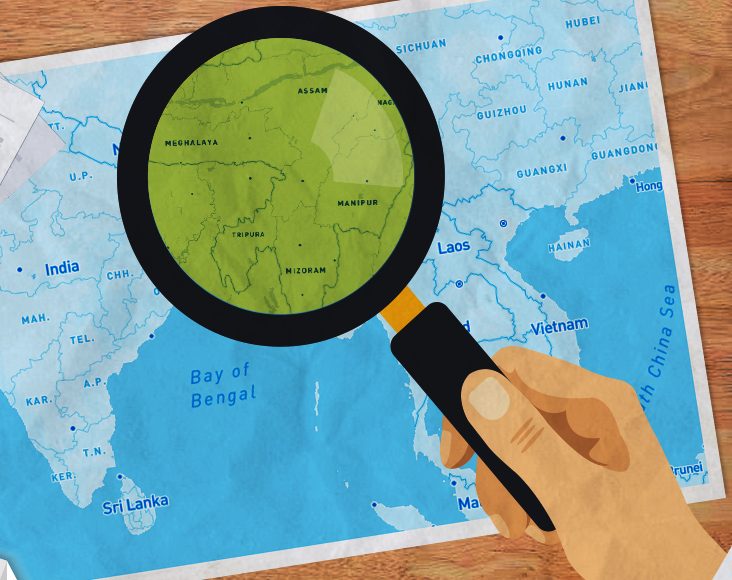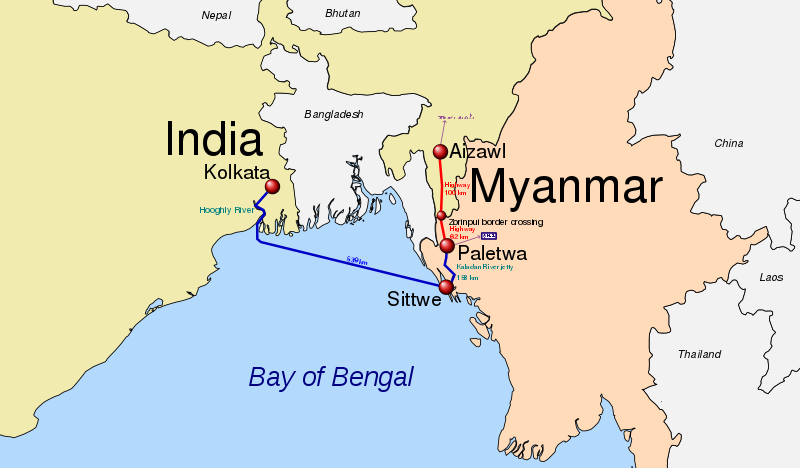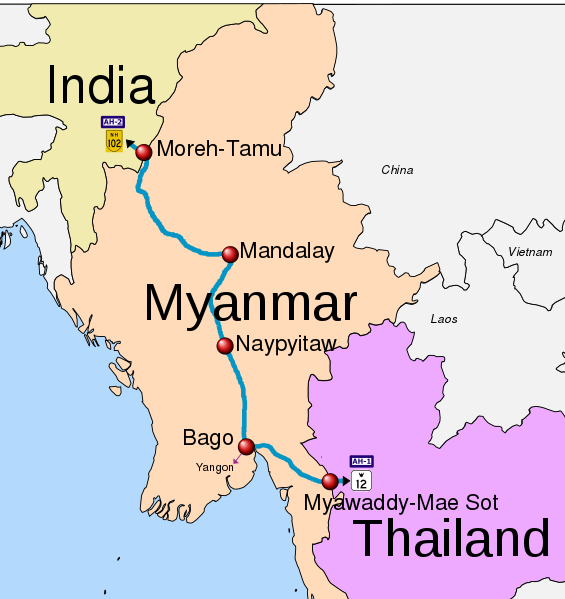
- Home
- India
- World
- Premium
- THE FEDERAL SPECIAL
- Analysis
- States
- Perspective
- Videos
- Sports
- Education
- Entertainment
- Elections
- Features
- Health
- Business
- Series
- In memoriam: Sheikh Mujibur Rahman
- Bishnoi's Men
- NEET TANGLE
- Economy Series
- Earth Day
- Kashmir’s Frozen Turbulence
- India@75
- The legend of Ramjanmabhoomi
- Liberalisation@30
- How to tame a dragon
- Celebrating biodiversity
- Farm Matters
- 50 days of solitude
- Bringing Migrants Home
- Budget 2020
- Jharkhand Votes
- The Federal Investigates
- The Federal Impact
- Vanishing Sand
- Gandhi @ 150
- Andhra Today
- Field report
- Operation Gulmarg
- Pandemic @1 Mn in India
- The Federal Year-End
- The Zero Year
- Science
- Brand studio
- Newsletter
- Elections 2024
- Events
- Home
- IndiaIndia
- World
- Analysis
- StatesStates
- PerspectivePerspective
- VideosVideos
- Sports
- Education
- Entertainment
- ElectionsElections
- Features
- Health
- BusinessBusiness
- Premium
- Loading...
Premium - Events

Act East policy: An idea whose time has not come

Just around the time Prime Minister Narendra Modi was busy making the claim of developing Northeast India as a gateway to Southeast Asia in Bangkok earlier this month, a few incidents that took place in Myanmar and Manipur once again laid bare an inherent flaw in the idea. Five Indian nationals, engaged in building the Kaladan road project in Myanmar were abducted by the Arakan Army (AA),...
Just around the time Prime Minister Narendra Modi was busy making the claim of developing Northeast India as a gateway to Southeast Asia in Bangkok earlier this month, a few incidents that took place in Myanmar and Manipur once again laid bare an inherent flaw in the idea.
Five Indian nationals, engaged in building the Kaladan road project in Myanmar were abducted by the Arakan Army (AA), an insurgent group in Myanmar, on the way from Paletwa in Chin state to Kyauktaw in Rakhine state of the neighbouring country. The incident took place on November 3, a day after the Prime Minister reiterated India’s oft-repeated Southeast Asia policy, laid down by Narasimha Rao in 1991.
According to the United Nations special rapporteur on the rights situation in Myanmar, over 60,000 people had been displaced since January till September this year across Rakhine and Chin states. The displacement has been triggered by renewed fighting between the country’s armed forces, the Tatmadaw, and the Arakan Army, who are fighting for more autonomy for ethnic Rakhine Buddhists.
The Rakhine state has also been prominently in the news since 2017, when a brutal military crackdown forced over one million minority Rohingya Muslims to flee to Bangladesh.
An old project and old grudges
Protracted insurgency in the area, particularly in Chin, which shares its border with Indian states of Manipur and Mizoram, has been constantly posing a threat to India’s Kaladan multi-modal transit transport project. The multi-crore project, initiated in April 2008, is a vital cog in India’s Look East policy, which has been characteristically rechristened by the Modi government as Act East. The Kaladan project aims to provide the much-needed sea access to the landlocked Northeast by connecting Mizoram with the Sittwe Port in Rakhine.
To protect the project, Indian and Myanmarese armies carried out a coordinated operation, codenamed “Sunrise”, in February-March this year. The recent abduction clearly showed that the military action has failed to fully secure the project.

Move further northwest to Sagaing region in upper Mynamar and one will find the presence of several rebel groups from both the countries. Many insurgent groups from Northeast India have their operational bases in this region, through which India proposes to connect with Southeast Asian countries by road.
When this writer visited Naga-inhabited areas of the impoverished region back in 2003, it was almost in a primitive state, with hardly any presence of Myanmarese administration. But after the creation of a Naga Self-Administered Zone, comprising three townships of Lahe, Leshi and Namyun in 2008, there has been some development as well as peace.
But the refusal of the National Socialist Council of Nagaland-Khaplang (NSCN-K), the most powerful ethnic insurgent group in the region, in June this year to sign the Nationwide Ceasefire Agreement (NCA), means the area would continue to remain volatile. The NSCN-K, however, signed a regional bilateral ceasefire with the Sagaing Region government on April 9, 2012.
Hotbed of insurgency
Myanmar’s eastern border, connecting Laos and Thailand, too is infested with insurgent groups. In fact, barring the central plain inhabited largely by the country’s dominant ethnic group, Bamar (or Burmans), ethnic-insurgency is festering across Myanmar. There are at least nine ethnic insurgent groups active in the country and 15 others are in ceasefire agreement with the government.
Myanmar’s cross-border trade with its major trading partner China has almost been grounded since August this year after rebels carried out strategic attacks blowing up bridges on an important highway, connecting Mandalay and the border town of Muse.
The attacks were carried out by the Northern Alliance, comprising four ethnic insurgent groups — the Arakan Army, the Kachin Independence Army, the Myanmar National Democratic Alliance Army and the Ta’ang National Liberation Army.
- Insurgent groups in Myanmar
- Arakan Army (AA) is the armed wing of the United League of Arakan (ULA), is a Rakhine armed group in Myanmar. Strength: 3,000-7,000 troops
- Kachin Independence Army (KIA) is the military wing of Kachin Independence Organisation, fighting for ethnic Kachin groups. Strength: 10,000-12,000
- Myanmar National Democratic Alliance Army (MNDAA) is a communist-inspired armed insurgent group in the Kokang region, Myanmar. Strength: 2,000-4,000
- Ta’ang National Liberation Army (TNLA) is armed wing of Palaung State Liberation Front (PSLF), and fights for self determination of Ta’ang or Palaung people. Strength: 1,500-3,500
Even on the Indian side, peace is still a far cry in Northeast. Four days after the Prime Minister’s announcement, an improvised explosive device went off at the heart of Imphal, the capital town of Manipur. Five policemen and one civilian were injured in the blast.
The ongoing internal conflicts on either sides of the border is one of the reasons for India’s aim of economic integration with Southeast Asia via Northeast virtually remaining in a stillborn state, even 28 years after the idea was first conceived.
Economic and topographic challenges
The law-and-order situation, however, is not the only challenge to the idea, driven more by the political push than economic forethought.
The proposed under-construction 1,360-km-long India-Myanmar-Thailand Trilateral Highway that will connect Moreh in India to Mae Sot in Thailand via Myanmar, can be accessed only through geologically young mountainous terrain with fragile substrates. To add to the complication, the heavy monsoon rainfall makes most of the area in the vicinity of the road project more prone to landslides.
Considering these challenges, does it not make more sense to try and connect Northeast India to the outside world through the waterways of Bangladesh?
In this regard, the much-awaited standard operating procedure (SOP) Bangladesh agreed with India last month to allow the use of its Chattogram and Mongla ports for movement of goods to and from India, will help unlock the landlocked Northeast to a large extent. For Northeast to fully exploit its latent potentials, it will, however, require a greater engagement with Bangladesh, the second fastest growing economy in south Asia after Bhutan.
But for that, policymakers and legislators of Northeast need to change their perception about the so-called threat posed to the region’s demographic pattern by the alleged influx of illegal migrants from Bangladesh. This perception is largely a notional threat based on hype as has been proved by the latest National Register of Citizens (NRC) data.

Another big impediment to push forward the Act East policy is the poor industrial infrastructure in the region.
Apart from agricultural, horticulture products and limestones, stone dusts and coal, the Northeast does not have many items to put in the trade basket. Mainland India’s manufacturing units, situated mostly in western and southern India, naturally will not export their products to coastal countries of Southeast Asia through the Northeast, when they have a much more convenient and cheaper sea access.
Given the scenario, even the opening of any trade-link to Southeast Asia may not benefit the region much. Instead, there is a possibility of the region becoming a dumping ground for products of more industrially advanced Southeast Asian countries.
“Yes, there is the risk of creating trade imbalance as those countries have much better offerings. So, instead of Southeast Asian countries, at this juncture, we will prefer market openings in neighboring countries such as Bangladesh, Bhutan, Nepal and Myanmar where we have better chances of competing,” said Ishantor Sabhapandit, Regional Head of Indian Chamber of Commerce, based in Guwahati.
Bhutan and a lost message
By making Bhutan his first foreign destination after becoming Prime Minister in 2014, Modi had sent across a message that his foreign policy would give more weightage to neighbouring countries in south Asia, irrespective of their size and stature. But like many of his other endeavours, this too ultimately proved to be a flash in the pan.
Due to the subsequent lack of vigour in India’s regional outreach, the much-promising Bangladesh, Bhutan, India and Nepal (BBIN) initiative failed to leverage its true economic potential.
India’s this indifference to geopolitical realities of the region is compelling more and more of our immediate neighbours to turn to China as a preferred trade partner. In the process, as India pursues a grandeur idea ignoring practical realities, the Northeast is losing out on some genuine opportunities.
